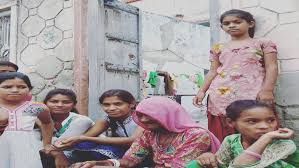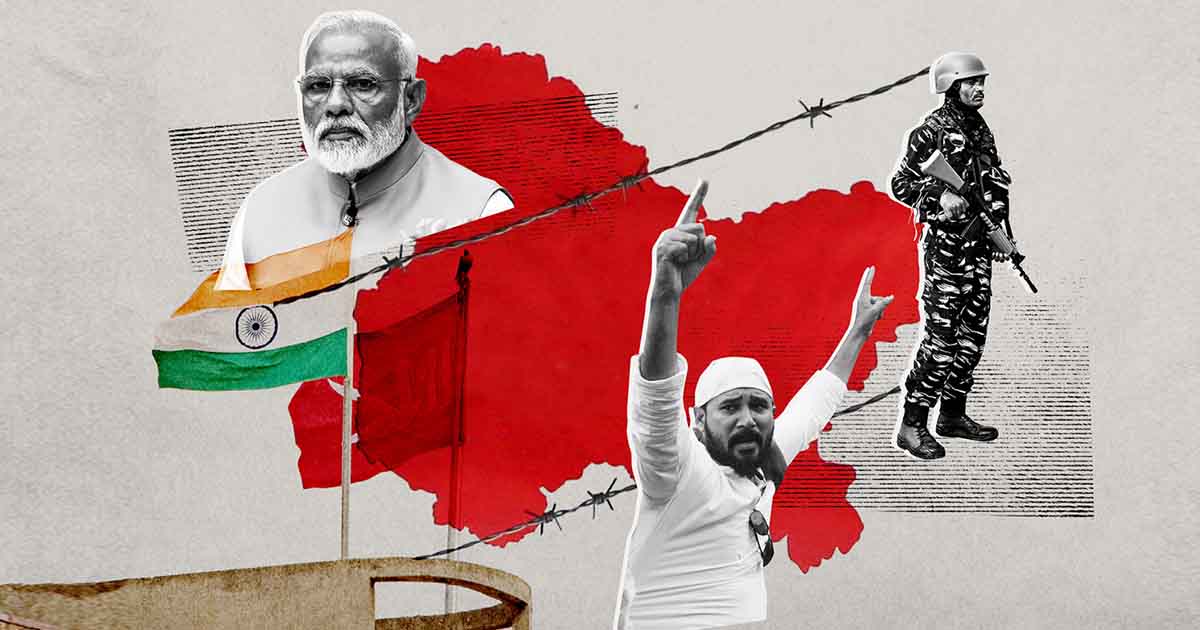
Kaushik Deka
A 19-year-old Dalit woman was allegedly raped and tortured on a farm in Uttar Pradesh’s Hathras district on September 14. She died in a Delhi hospital two weeks later, battling multiple fractures, spine damage and other injuries. The Uttar Pradesh police performed the cremation the same night the woman’s body was brought back to her native village-allegedly against the family’s wishes. The incident, yet another in the spate of sexual offences against Dalits in India, sparked an outcry not only because of the brutality of the assault but also due to the administrative apathy that followed. Conspiracy theories, such as honour killing and plot against upper castes, floated to debunk the case, only exposed the caste fault lines in our society.
Sexual crimes-disturbingly involving unspeakable violence-against Dalit women are rampant across the country. The National Crime Records Bureau (NCRB) report for 2019 states that of the 32,033 rapes registered that year, around 11 per cent were against Dalits. In other words, 10 Dalit women were raped every day in India in 2019. NCRB data shows that between 2009 and 2019, the number of reported rapes dropped marginally by 5 per cent, but rapes of Dalit women shot up by almost 160 per cent, from 1,346 to 3,486.
The cases vary only in gruesome detail; the social, political and legal dimensions remain the same. For most rape survivors, justice remains elusive due to the inordinate delay in settling cases, the financial costs of a protracted legal battle and the poor conviction rates. As on December 31, 2019, 633,370 rape cases were pending in the 828 fast-track courts set up in the country.
On paper, a Dalit woman has a strong legal shield, be it the Scheduled Castes and Scheduled Tribes (Prevention of Atrocities) Act, 1989, which makes offences against SCs/ STs non-bailable and provides for special trial courts; or the stringent provisions added to rape laws in the Criminal Law (Amendment) Act, 2013, which followed the 2012 Nirbhaya gangrape-murder case. Yet, she remains highly vulnerable to sexual violence and humiliation. The rate of conviction in cases of rape against Dalits is only 32 per cent.
Social scientists see barbaric sexual crimes as a retaliatory tool against Dalits, whose economic, political and educational rise is being resented by many as assertive behaviour by the community. “There are several factors behind the rise in barbaric crimes-from social tensions, such as economic disparity and caste conflicts, to unregulated access to sexual and violent content. And when rape is seen as a tool for avenging past animosity, the brutality goes up,” says Dr Veena A. Satyanarayana, associate professor of clinical psychology at the National Institute of Mental Health and Neuro-Sciences (NIMHANS), Bengaluru.
Stemming this violent tide will require making available all systemic assistance to Dalits and sensitising society to rise above caste and gender biases. And that’s easier prescribed than practised.
Caste & crime
A young Dalit woman was allegedly raped and tortured in Hathras, UP, on September 14. She died two weeks later NCRB says reported rapes of Dalit women jumped 160 per cent between 2009 and 2019.India Today


